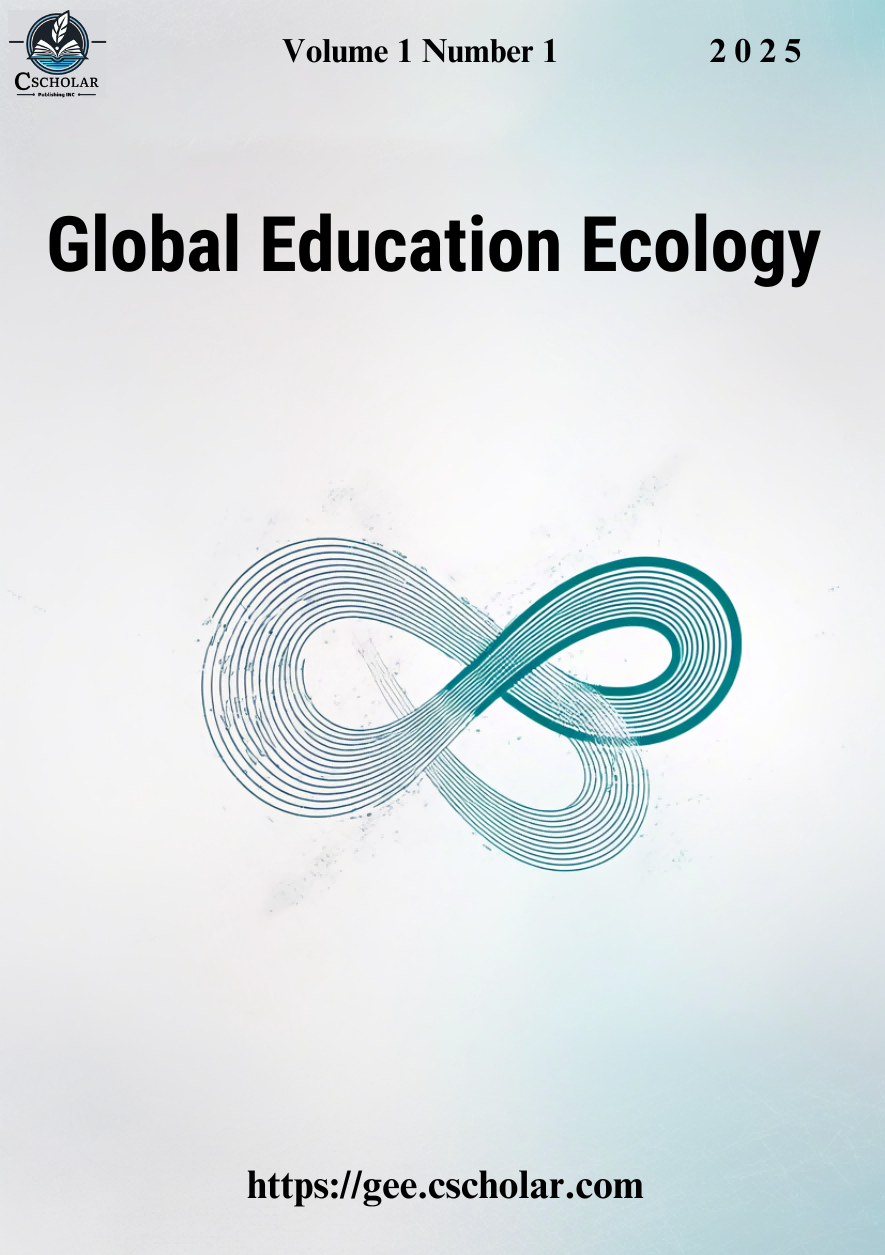Global Education Ecology: Let Education Grow Roots, Wings and Angles
DOI:
https://doi.org/10.71204/q44g2991Keywords:
Editorial MaterialAbstract
Dear friends:
When you open this e-publication —— maybe on the subway on your way to work, in the lab waiting for data, or late at night after a community education experiment —— congratulations, you have entered a cross-boundary education ecosystem that refuses to be defined.
We fully understand that you, Generation Z, have long grown tired of the image of "education" being locked behind classroom doors. As the climate crisis ticks down outside, AI teaching assistants prepare lessons in the metaverse, and the wisdom of indigenous elders shines alongside satellite data on electronic screens. The high walls of traditional education are peeling away in the flood of information. What is needed now is not to patch up the cracks, but to let the entire wall grow with the vitality of a tropical rainforest.
The Global Education Ecology (GEE) was born at a time of awakening:
There is no "subject" boundary here
Education is not an island but a neural network connecting everything. We will witness environmental scientists and hip-hop teachers co-designing climate classes, neurodiversity researchers using game engines to reconstruct learning paths, and economists using blockchain to track educational equity. Tear down the walls of disciplines in your mind, and welcome to the interdisciplinary academic carnival.
Here, the "solution" of gentleness is rejected
When educational innovation becomes the wrapping paper for technology products, we need to ask sharply: Can the metaverse classroom light up the circuit boards of slums? Who's knowledge is bound into the only answer in climate textbooks? We embrace those prickly researches —— that may subvert your cognitive comfort zone, but are destined to ignite real change.
The script for "influence" is being rewritten here
No longer content with papers being shelved, we aim to let research findings explode simultaneously in street classrooms, policy roundtables, and virtual communities. In the next issue, you might see: field survey reports disseminated via TikTok, machine learning models transformed into refugee education policies, or even climate course DEMOs linked with polar research stations.
Please throw your crazy ideas at us! GEE is not another academic catalog, but a party to rebuild the educational ecology —— Here, wild grass-like ideas can penetrate the concrete curriculum, and the four walls of the classroom will collapse into a network of roots connecting the planet.
At this moment, we tear off the beautiful cover of the first issue and reveal the ecological design on the inside page: the ink is not dry, the corners are curled, waiting for you to leave a new pen mark, fingerprint, or a small piece of soil from the educational scene.
——《EGG》
Downloads
Published
Issue
Section
License
Copyright (c) 2025 Yuhao Su (Author)

This work is licensed under a Creative Commons Attribution 4.0 International License.
All articles published in this journal are licensed under the Creative Commons Attribution 4.0 International License (CC BY 4.0). This license permits unrestricted use, distribution, and reproduction in any medium, provided the original author(s) and source are properly credited. Authors retain copyright of their work, and readers are free to copy, share, adapt, and build upon the material for any purpose, including commercial use, as long as appropriate attribution is given.



